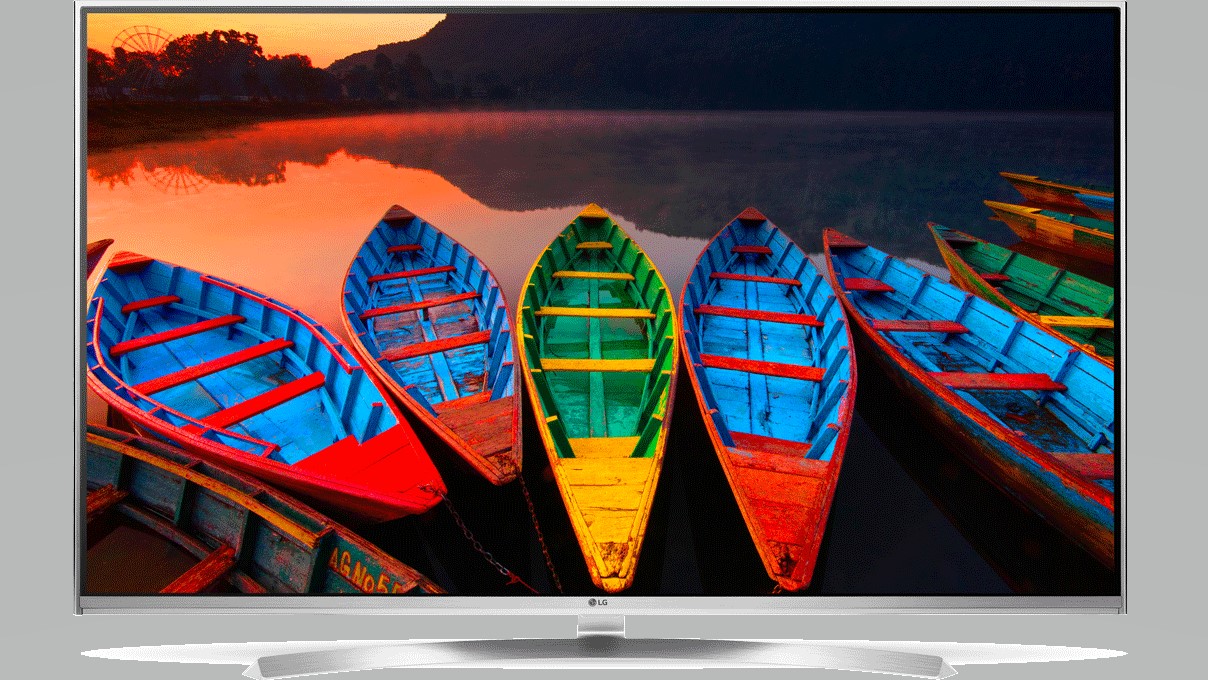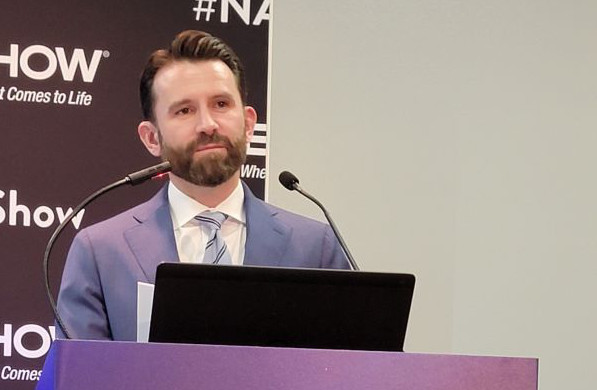HDR or HDRn’t: Is the Debate Purely About Creative Intent?
The artistic challenges when upconverting from SDR

Do technology limitations shape artistic intent or do they constrain it? This is a question that becomes increasingly relevant as film and TV production moves toward HDR (high dynamic range) imaging.
HDR offers brighter highlights, darker shadows, more contrast and overall a more realistic representation of light. This also means that creators have more freedom in how they use light, without worrying about clipped highlights or details lost in the shadows.
What happens when converting legacy, SDR (standard dynamic range) content to HDR though? Should restricted highlights and limited brightness be considered an expression of creative intent or an imposed limitation?
ONCE UPON A TIME, TECH INNOVATIONS SERVED THE ARTISTIC INTENTION
When color film came about, the transition to it from the black-and-white world producers were used to was long and fraught with technical and creative challenges. Creators had to relearn how to create—this time in color—and viewers had to get used to this additional dimension to film. Yet, despite the hurdles, color prevailed and today we can hardly imagine a world where video would be without it.
We are now faced with another transition in the world of moving pictures, one that brings about a considerable improvement in terms of image realism and creative freedom: HDR. HDR images can encode a much wider range of illumination, producing brighter highlights, deeper shadows and richer contrasts. But, despite the promise of this new format, its real world implementation seems to divide opinion.
HDRN’T (OR FAKE HDR): A CONTROVERSIAL BIRTH
Consumers buy HDR televisions expecting brighter, punchier, more realistic images and, for the most part, many currently available TV models can achieve that. But, depending on the content, they find themselves looking at HDR images closely resembling what they were already used to (which in the field is collectively termed SDR), with little gain in contrast, brightness levels and details in the highlights. This has accrued various not-so-flattering nicknames both on social media and from the industry, from “Fake HDR” to “HDRn't.”
Yet part of the content production industry insists on following workflows for producing HDR that intentionally looks little different from SDR. An often-heard justification is that during the transition period from SDR to HDR, as both formats may be co-produced or one may be converted to the other, preserving the artistic intent is crucial.
So if the artistic intent is encoded in the SDR version (because the video engineer has shaded the SDR camera precisely so or because the reference graded version of a production happens in SDR and is subsequently converted to HDR), then we might be tempted to think that the only way to preserve the artistic intent is to make the HDR look the same as the SDR.
PLUS: Reflecting the Real World: The Quest for True HDR
Still, when transitioning to HD television, for a long period, content was upscaled (often by the TV itself), with no concerns about the artistic intent. So should we have stuck with low-resolution images on the then-new HD TVs in the name of artistic integrity?
You might argue that this is a straw-man argument; resolution improvements at this scale arguably do not affect the creative message of a piece of content. Changes in luminance or contrast information might—but is this always the case? And from black-and-white film to lower resolutions to lower contrast and dynamic range, is it fair to consider these technological limitations of another era an expression of artistic intent?
IS CREATIVE INTENT A PRETEXT FOR DELAYING CHANGE?
The answer to this question is not an easy one, especially as the very meaning of artistic intent changes depending on the content type.
In cinematic content the lighting style is undoubtedly linked to the creative vision of the director, but when we consider content such as sports, documentaries or even advertisement, the choices of the director or camera operator are driven not only by aesthetic principles but also by the information that the content is transmitting to viewers.
For information-driven content, it would be hard to think that an increase in realism could have a negative impact, an impression that is easily confirmed by observing HDR and SDR content side by side. When the HDR version is visible, SDR—even when well produced—appears washed out in comparison, with whites appearing gray.
The reason for this is that our vision, and the quality of the experience linked to visual images, function at a relative scale: how bright something appears depends on what else is around it. But as light in the real world is closer to what HDR offers, naturally, HDR imagery appears more realistic than SDR.
For content where creative intent plays a bigger role, as might be the case for cinematic productions, realism is perhaps less important. In this context, the advantages that HDR offers become another tool in the arsenal of the director, to help them tell their story.
So even if realism is not the goal, in this case as well HDR can offer a creative advantage. In fact, it is worth noting that for cinematic content, traditional film-based workflows offered a dynamic range closer to HDR than SDR, meaning that HDR could even be used to find some of the lost details of older productions.
What happens though when converting existing SDR content to HDR? The same arguments apply. We believe that conversions, even automatic ones as long as they are well-designed, can help increase the realism of SDR images by converting them to HDR, for content where an increase in realism makes sense.
For cinematic content, automatic conversions can serve as a preparatory step instead, moving the content toward HDR, while leaving the final touches up to the director to ensure that their creative vision is respected, while taking advantage of the new format.
In either case, whether new HDR content is produced or SDR content is upgraded to HDR through conversions, consumers buy HDR televisions expecting a visible improvement. Current practices for HDR production sacrifice a lot of the potential improvement in the name of creative integrity but, without considering realism in the equation, we are not doing HDR justice.
Tania Pouli is deputy lab manager for b<>com.
Get the TV Tech Newsletter
The professional video industry's #1 source for news, trends and product and tech information. Sign up below.
